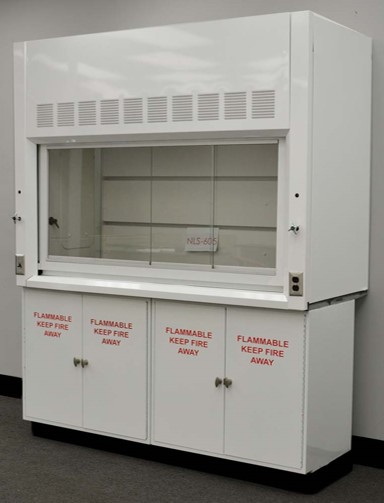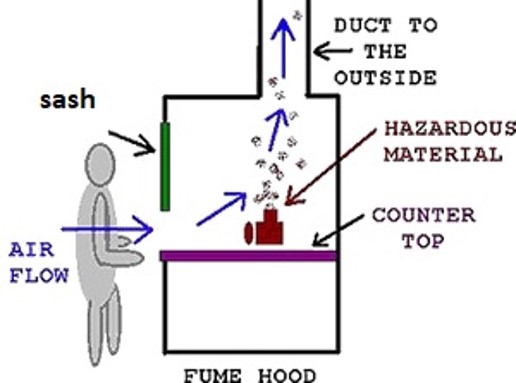Indoor Air Quality

People spend more time indoors than ever. Syed Babar Ali School of Science and Engineering endeavours to maintain favourable indoor air quality (IAQ) for building occupants. Maintenance of IAQ involves a process to identify hazards, eliminate and/or control identified hazards, establish safe working practices, and protect the health and safety of students, faculty, and staff in various areas of the school. SBASSE building is equipped with HVAC(Heating, Ventilation and Air Conditioning), Fume hoods and Bio Safety Cabinets to achieve high IAQ standards.
HVAC(Heating, Ventilation and Air Conditioning):
HVAC provides remote monitoring and control of temperature conditions in SBASSE building, troubleshooting operating problems, and optimizing operations for energy management.
Following is a summary of equipment/systems maintained and tasks performed:
- Remote monitoring and control of space temperatures in buildings.
- Respond to building occupant hot and cold call problem service requests.
- Trouble-shoot operations problems of HVAC systems.
- Ensure reliable operation of all VAV boxes, damper motors, relays, control valves, thermostats, fume hoods, biosafety cabinets and other associated control systems accessories in the building.
- Conduct in-house and retro-commissioning of existing buildings to optimize building HVAC systems for energy management and occupant comfort.
- Monitor and maintain campus auxiliary utility metering.
- Operate and maintain building air compressors used for control systems and lab air.
Fume hoods:
SBASSE labs are equipped with fume hoods. Chemical Fume Hoods are one of the primary safety equipment devices in laboratories for handling hazardous chemicals. They are designed to capture, contain, and exhaust hazardous fumes generated inside their enclosure. When Fume Hoods are properly installed and maintained, they can provide a substantial degree of protection for the user. The face velocity measurement test is conducted bi-annually to check the performance of fume hoods. The average face velocity with the sash opening of 45 cm shall be between 80-120 feet per minute.
All operations which are liable to produce hazardous or obnoxious concentrations of gas or vapors should be performed in a fume hood. This is to protect your own personal health and safety, as well as for the safety of others in the lab.


Bio-Safety Cabinets:
SBASSE Biology Department is equipped with Biological safety cabinets (BSCs). BSCs provide effective primary containment for work with infectious material or toxins when they are properly maintained and used in conjunction with good microbiological laboratory practices. The various classes and types of BSCs operate under the same basic principles. Personnel protection is provided through a continuous stream of inward air, known as inflow, which helps prevent aerosols from escaping through the front opening. The air that is exhausted into the surrounding containment zone or directly to the outside atmosphere is passed through high-efficiency particulate air (HEPA) filters to protect the environment.



